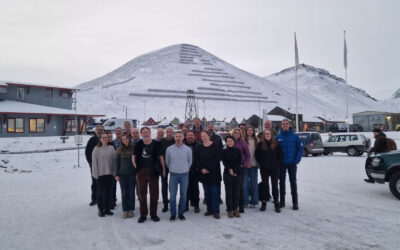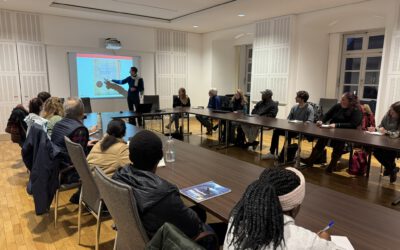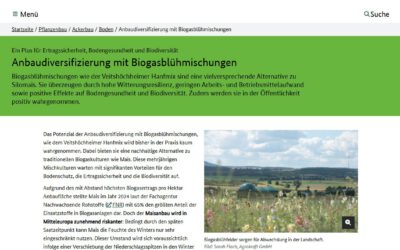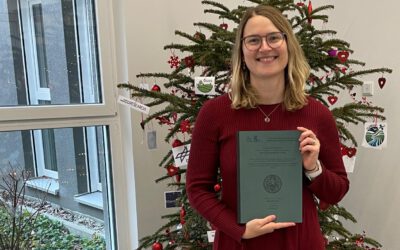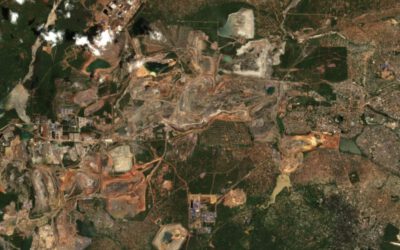How to communicate with decision-makers? What is the best way to disseminate knowledge and results? What are the principles of a clear and trustworthy visualization of data?
These questions were pursued at the one-day conceptual seminar “Visualizing Science Compact”, provided by the National Institute for Science Communication (www.nawik.de) and hosted by the STATE Studio in Berlin.
Using the example of infographics, useful guidelines and tools for well-designed presentations, and trends in visualization to communicating clearly, precisely, and efficiently were not only discussed, but also directly applied. Staff at the Department of Remote Sensing will benefit from the knowledge gathered to support science-based decision-making by developing and disseminating policy briefs in the project WASCAL-DE-Coop.





